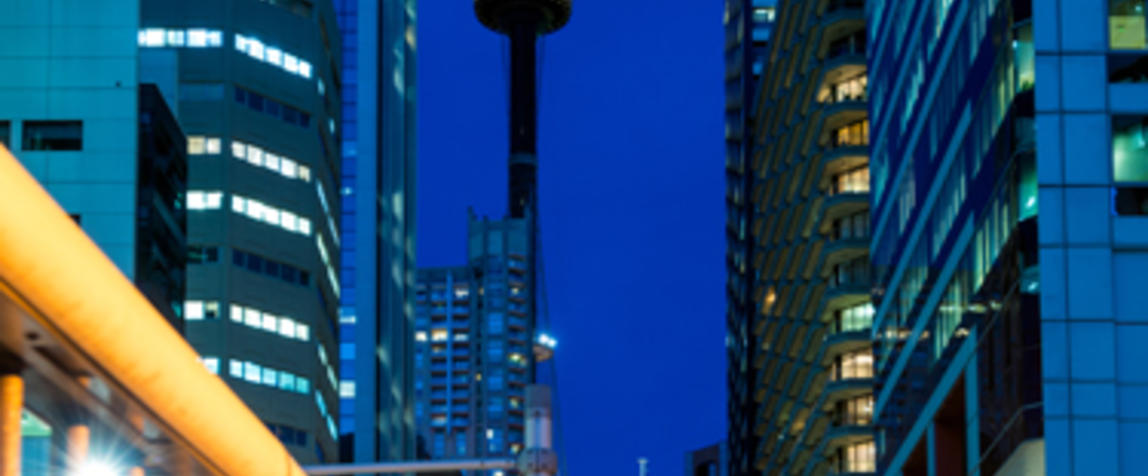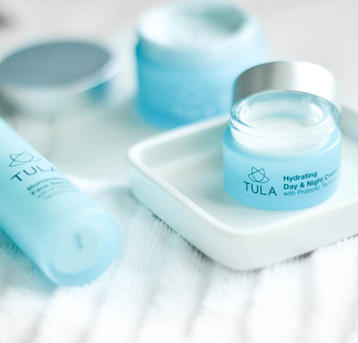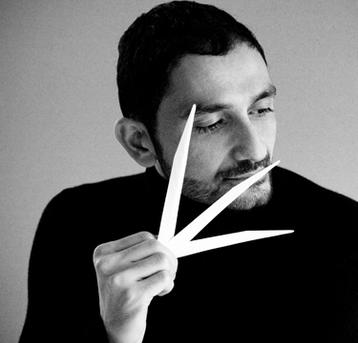The world's 10 largest skincare markets; L'Oréal media review on the cards; ANZ Westfield centres close to full capacity; and Australians struggling to achieve work-life balance, says Roy Morgan.
The world's 10 largest skincare markets
Skincare is the economic engine of the global cosmetic industry, racking up 25 per cent of all beauty and personal care sales. Facial care is the major focus – 66.1 per cent of total skincare sales. Over the next three years, Technavio predicts that the value of the global skincare market will exceed $US140 billion.
The Asia/Pacific region is the jewel in the crown. Three out of the top 10 most lucrative markets in the world – China, Japan and South Korea – account for 39.5 per cent of global skincare sales, says Allied Market Research.
Mintel predicts that the strongest trends over the next few years will be the continued rise of dermo-cosmetics, the increased use of probiotics and a higher demand for more customised products.
- China - $US14.25 billion
- Japan - $US8.34 billion
- South Korea - $US6.55 billion
- USA - $US5.81 billion
- France - $US2.46 billion
- UK - $US1.65 billion
- Italy - $US1.34 billion
- Germany - $US1.22 billion
- India - $US1.18 billion
- Spain - $US0.9 billion
L'Oréal media review could be on the cards
With its ear to the ad industry ground, AdNews has flagged up the rumour that L'Oréal could be contemplating a media review. The French multinational has reportedly been talking to a number of media agency groups about its media planning and buying strategy in Australia. A tactic that often precedes calls for a full-on pitch.
According to Nielsen, L'Oréal's annual media spend in Australia is about $26.2 million, rising to $30 million if digital media (not tracked by Nielsen) is included. Carat, which won the last pitch from UM in 2013, is the current incumbent. A media agency review after three years has become standard practice, notes AdNews.
ANZ Westfield centres close to full capacity
Scentre Group, the owner of Westfield shopping centres in Australia and New Zealand, posted a profit of $2.99 billion in 2016 – a jump of 10 per cent on 2015. It's not hard to see why. Scentre Group CEO Peter Allen told the company's annual general meeting last week that store occupancy across its 39 properties is almost at full capacity – 99.5 per cent.
The woes of leading retailers such as Pumpkin Patch, Marcs, David Lawrence and Payless Shoes have been grabbing the headlines. But Westfield's 30 fastest-growing tenants in Australia have increased their number of stores from 151 to 438 since 2012, says Allen. "We're continuing to improve the retail product offering by introducing more on-trend and desirable brands", he says.
Over the past 12 months, Scentre Group has completed and opened $655 million worth of developments and broke ground on $605 million others, says company chair Brian Schwartz. "Ongoing opportunities which include the new "greenfield" development at Westfield Coomera in Queensland and the group's first development at Westfield Newmarket in Auckland".
Australians struggling to achieve work-life balance, says Roy Morgan
Many companies paint a rosy picture of their corporate culture and the offer of flexible working hours has become a major "selling point" in job ads. But work-life balance is more difficult to achieve than ever, says Roy Morgan Research.
Significantly more Australians agree with the statement – " I find it difficult to switch off from work" than they did four years ago. In 2012, 3.8 million Aussie employees (34.5 per cent of the workforce) found it tough to separate their work and home lives. Last year, 4.3 million people (38.3 per cent) admitted they couldn't stop thinking about work in their leisure time. Gen Xers aged 35 to 49 are the most likely to struggle with the problem – 41.8 per cent, up from 36.8 per cent – but all groups are affected, reveals Roy Morgan.
One of the key factors fuelling the problem is, of course, technology, notes Roy Morgan Research CEO Michele Levine. "Whether it's accessing work emails at night via our smartphone, logging into our work network remotely or attending to work-related documents on our laptop, it is now possible to be connected 24/7. While this can certainly be convenient, it can also blur the boundaries between work and life, preventing employees from enjoying their downtime".
Snippets from the wires
- Pharmacy beauty sales have sky-rocketed in the past decade, so it's good to know the demographics of the industry. According to new data, 60 per cent of Australia's 29,414 pharmacists are women. Over three-quarters of pharmacies – 76 per cent – are located in the major cities. The average age of Aussie pharmacists is 39.
- No prizes for guessing that Easter is a boom selling time for bakeries. But the Australian Retailers Association predicts that seafood and winter fashion sales will also soar over the up-coming holiday period.
- The duty-free perfumes and cosmetics concession at Hong Kong International Airport (HKIA) is a licence to print money. Korean travel retailer Shilla has won a very competitive bid and will introduce 100 new beauty brands to the airport, including emerging Japanese and Korean brands. Over 70 million passengers passed through HKIA in 2016, including a large percentage of Chinese travellers – the number one consumers in global travel retail.
- It was almost inevitable given his name. Billionaire entrepreneur Elon Musk has launched a new men's fragrance simply called Musk. Warm and spicy, it also includes a suitably futuristic ingredient dubbed "space".
- The Vietnamese beauty market is booming. The Southeast Asian country imported $US1.1 billion worth of perfumes and cosmetics in 2016, mainly from Singapore, the EU, Thailand and South Korea. Fragrances are the big ticket item, accounting for 55 per cent of all cosmetic imports. Analysts expect the Vietnamese cosmetics market to double over the next three years to $US2.2 billion.
Newsletter image: @Refinery29




